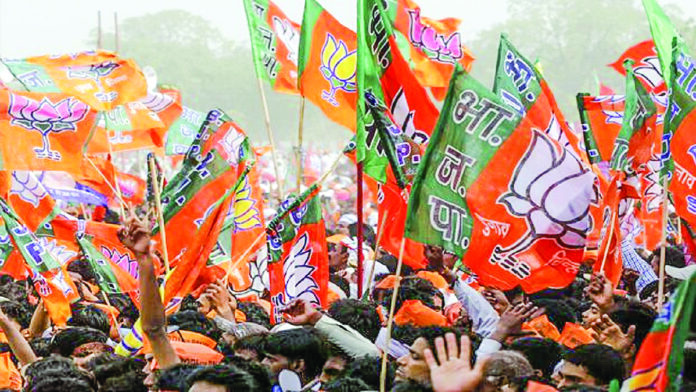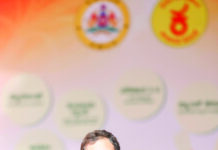NEW DELHI: With the appointment of a new BJP national president by 15 July or even before, the party is likely to see a major reshuffle in its central organization with Assembly elections in Bihar, West Bengal, and Assam on the horizon. At the party level, according to insiders, the changes are likely to be significant rather than cosmetic. Of the six national general secretaries, at least two are likely to be replaced, and several among the 11 national secretaries may also be moved out or reassigned. This is being done to address stagnation within the system, create space for new faces, and course-correct ahead of high-stakes polls.
Among those who are likely to be impacted by this are leaders who were in running for state president in their respective states and also whose names were being highlighted in the media as a possible replacement for the incumbent national president Jagat Prakash Nadda. Simultaneously, a Union Cabinet reshuffle is also on the table, based on internal assessments of ministerial performance. Over the last several months, the core of governance has largely rested with Prime Minister Modi, the PMO, and a handful of key ministries.
Several others have fallen short— especially in terms of work execution. Their positions, sources said, have been reviewed, and found wanting. While a few of the dropped ministers would be moved to organizational roles, a few—particularly from Bihar—may be asked to contest the upcoming Assembly elections, as was done in Madhya Pradesh. In Bihar, the political context adds further weight to these changes. With Chief Minister Nitish Kumar nearing the end of his political career, the BJP is working to emerge as the principal force in the state.
However, the party will go into the elections without projecting a chief ministerial face. There are two main reasons for this. First, the BJP does not currently have any leader in the state with a pan-Bihar presence or mass acceptability who can be projected as CM. Second, and equally important, Nitish Kumar remains the sitting Chief Minister until results are declared, and the BJP is not inclined to disturb this delicate arrangement— even marginally—ahead of the polls.
There is also churn within the Bihar BJP. Several senior leaders who were sidelined over the last few years see the upcoming reshuffle as a possible opening. Their supporters are hopeful that under the new party president, some of those previously pushed to the margins may be brought back into prominence. However, central party functionaries indicated that some of the currently dominant figures in the state may also be removed.
Their removal, if it happens, will be in line with the current pattern of decisions. The central leadership has, in recent months, shown a clear preference for performance and political utility over seniority or visibility. Among those who are highly hopeful of a significant position within the organization/Cabinet are a few faces who were given responsibility in the first two tenure of Modi governments, but were then later dropped.
The overall political calendar makes the timeline tighter. Prime Minister Modi is expected to return from his five-day foreign visit by 10 July. The monsoon session of Parliament is scheduled from 21 July to 21 August. Most of the expected decisions—appointment of the new party president, organizational changes, and Cabinet reshuffle—are likely to unfold within this threeweek window. After August, very little time remains. If the Bihar elections are held in October, as widely anticipated, the party will have a narrow window to implement these changes and allow them to settle. It is pertinent to mention that after an inordinate delay, moving swiftly, the BJP has appointed eight new state/unit presidents as part of its organizational drive in the ten days. These include Maharashtra, where Maratha leader Ravindra Chavan has taken charge; West Bengal, which now has Samik Bhattacharya at the helm; Andhra Pradesh, where P.V.N. Madhav replaced D. Purandeswari; and Telangana, where N. Ramchander Rao succeeded G. Kishan Reddy.
In Madhya Pradesh, Hemant Khandelwal was appointed the new chief, replacing V.D. Sharma. The party also named Dr K. Beichhua as its Mizoram president and V.P. Ramalingam for Puducherry. In Andaman and Nicobar Islands, Anil Tiwari was given charge as the new party president. All eyes are now on whether the BJP will appoint new heads in Uttar Pradesh, Karnataka, Haryana, Odisha and Gujarat, before it finalises the name of the national president. Under the party constitution, the national president can be elected after elections are held in 50% of the states. India has 28 states and seven Union Territories.








